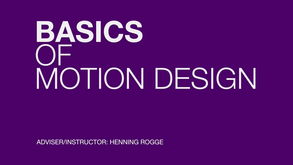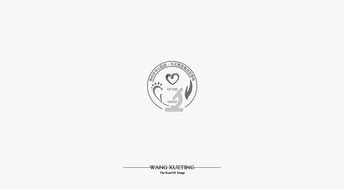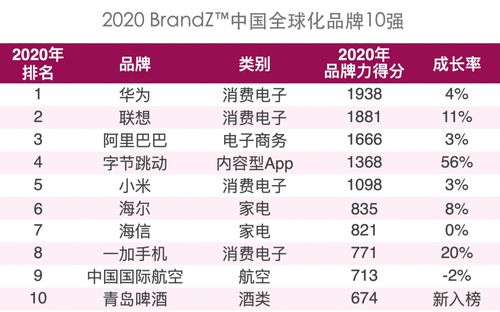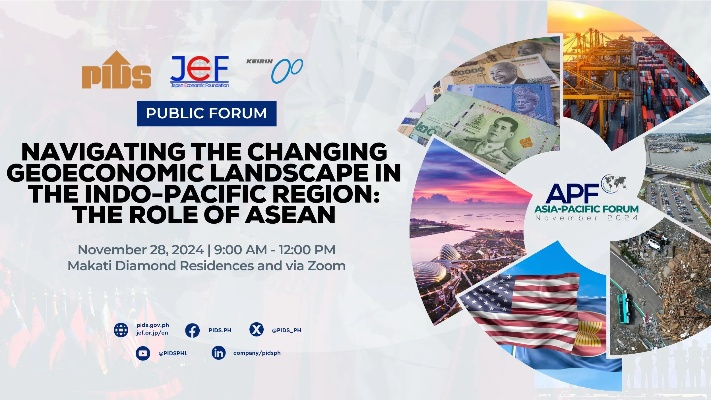The Dynamics of Textile Design:A Comprehensive Guide
This comprehensive guide to textile design provides a detailed overview of the dynamic forces at play in the creation and evolution of textiles. From the initial conception of a design idea to its final implementation, this guide delves into the various factors that influence the process, including materials, techniques, and aesthetic considerations. It also explores the role of technology in modern textile design, highlighting the use of digital tools and innovative fabrication methods. By understanding these dynamics, designers can create textiles that not only meet functional requirements but also captivate and inspire their audience.

Textile design is an art that transcends the boundaries of traditional craft and has become a significant part of modern fashion. It involves the creative process of selecting, combining, and arranging materials to create patterns, textures, and visual effects that reflect the designer's vision and the intended message or mood of the piece. In this guide, we will explore the fundamental principles of textile design, highlight key techniques, and provide insights into some exceptional examples that demonstrate the versatility and ingenuity of this discipline.
The Basics of Textile Design
Textile design begins with understanding the properties of different materials used in clothing and textiles. These include cotton, silk, linen, wool, polyester, and more. Each material has its unique characteristics, such as colorfastness, durability, softness, and weight, which influence the design choices. The choice of materials also impacts the overall aesthetic and functionality of the garment.
Color Theory and Pattern Making
Color plays a crucial role in textile design, not only for aesthetic appeal but also for functional purposes like insulation, warmth, and moisture absorption. Color theory involves understanding how colors interact with each other, their hues, saturation, and value. Pattern making involves creating repeating patterns on a fabric surface to add interest and depth to the design. This can be achieved through various techniques such as stencilling, screen-printing, and digital printing.
Texture and Embellishment
Texture refers to the three-dimensional appearance of a material, including its grain, pliability, and surface finish. Embellishments are decorative elements added to textiles to enhance their visual appeal. They can be simple stitching, ribbons, buttons, or more complex lacework or applique work. Embellishments add character and personality to the design, often serving to emphasize certain aspects of the pattern.
Functional Textiles
Textile design extends beyond mere aesthetics to incorporate functionality. For example, activewear textiles need to be breathable, comfortable, and durable. Industries like athletic wear and outdoor gear have specific requirements for materials and designs to meet performance standards. Additionally, there is a growing trend towards eco-friendly and sustainable textiles, where designers incorporate recycled materials and biodegradable dyes to reduce environmental impact.
Techniques and Tools
To create a successful textile design, one needs a range of tools and techniques. These include drafting tools like pencils, rulers, and templates, cutting machines like rotary cutters and scissors, sewing machines, and specialized embroidery machines. Digital technology has also revolutionized textile design by enabling the creation of intricate patterns and designs with precision and speed.
Case Studies
Let's look at two case studies to illustrate the breadth of textile design.
Case Study 1: Fashion Designer's Collection

Designer Annabel Kardashian showcased her latest collection of women's clothing at Paris Fashion Week in 2019. Her designs incorporated a mix of classic and contemporary styles, utilizing a variety of fabrics and textures. The collection featured bold prints and geometric patterns, complemented by intricate embroidery and delicate lacework. The use of high-quality materials like silk and cashmere ensured the garments were both luxurious and timeless.
Case Study 2: Eco-Friendly Apparel
In response to the growing demand for sustainable fashion, designer Sarah Jane created a line of organic cotton apparel in 2020. Her designs were designed to be both stylish and environmentally conscious. She used natural dyes derived from plants, avoiding synthetic additives and reducing waste during the production process. The resulting garments had a soft hand feel and vibrant colors that were both eye-catching and earth-friendly.
Conclusion
Textile design is a dynamic field that combines creativity, technical expertise, and sustainability. By mastering the fundamentals of design and incorporating innovative techniques and tools, designers can create textiles that not only look good but also serve their purpose effectively. As the industry continues to evolve, it is essential for designers to stay informed about emerging trends and technologies to continue pushing the boundaries of textile design.
纺织品设计概述
纺织品作为人类生活中不可或缺的组成部分,其设计理念和工艺水平直接关系到产品的品质和用户体验,纺织品的设计不仅需要满足功能性需求,还要注重美观性和舒适性,在当今这个注重环保和可持续性的时代背景下,纺织品的设计更是需要不断创新和突破。
纺织品设计要素
材料选择
在选择纺织品材料时,需要考虑材料的质地、色泽、耐用性等因素,丝绸是一种优雅、柔软的材质,适合制作高档服装和家居装饰;棉质面料则透气性好,适合制作夏季服装和内衣。
图案设计
图案是纺织品设计中不可或缺的一部分,设计师需要根据不同的需求和场合,选择合适的图案,并将其巧妙地融入到纺织品中,图案的设计也需要考虑色彩搭配、线条流畅等因素,以提升纺织品的整体美感。
工艺技术

纺织品的设计离不开先进的工艺技术,设计师需要掌握各种纺织工艺技术,如织造、染整、印花等,并将其应用到纺织品的设计中,设计师还需要关注环保、节能等现代工艺技术的应用,以提升纺织品的环保性能和可持续性。
案例分析
以某知名品牌为例,其纺织品设计案例如下:
-
材料选择:该品牌选择天然纤维为主要材料,如纯棉、麻等,这些材料不仅环保、舒适,而且具有天然的纹理和色泽,能够展现出自然、野性的美感。
-
图案设计:该品牌在图案设计上注重创新和突破,推出了一系列具有地域特色和文化内涵的图案,将其融入到纺织品中,提升了纺织品的整体美感,该品牌还注重色彩搭配和线条流畅,使得纺织品在视觉上更加舒适和愉悦。
-
工艺技术:该品牌采用了先进的织造工艺技术,如数码织造、智能染色等,这些工艺技术的应用不仅提高了纺织品的品质和性能,还使得纺织品更加环保、节能,该品牌还注重细节处理和人性化设计,使得纺织品更加符合人体工学和舒适性要求。
未来趋势与发展方向
随着人们生活水平的提高和环保意识的增强,纺织品的设计将更加注重创新和突破,未来纺织品设计将更加注重以下几个方面:
-
绿色环保:随着环保意识的增强,纺织品的设计将更加注重环保、节能、低碳等现代工艺技术的应用,纺织品的设计也将更加注重生态友好性和可持续性。
-
个性化定制:随着消费者需求的不断变化和个性化定制需求的增加,纺织品的设计将更加注重个性化定制和定制化生产,设计师需要深入了解消费者的需求和喜好,将其融入到纺织品的设计中,以满足消费者的个性化需求。
-
智能化生产:随着科技的不断发展和应用,纺织品的设计将更加注重智能化生产,设计师需要掌握各种智能化生产技术,并将其应用到纺织品的设计和生产中,以提高生产效率和产品质量。
纺织品作为人类生活中不可或缺的组成部分,其设计理念和工艺水平直接关系到产品的品质和用户体验,在当今这个注重环保和可持续性的时代背景下,纺织品的设计需要不断创新和突破,注重绿色环保、个性化定制和智能化生产等方面的发展,设计师还需要深入了解消费者的需求和喜好,将其融入到纺织品的设计中,以满足消费者的个性化需求。
Articles related to the knowledge points of this article:
Top Ten Textile Import Dyeing Agents in the Chinese Market



